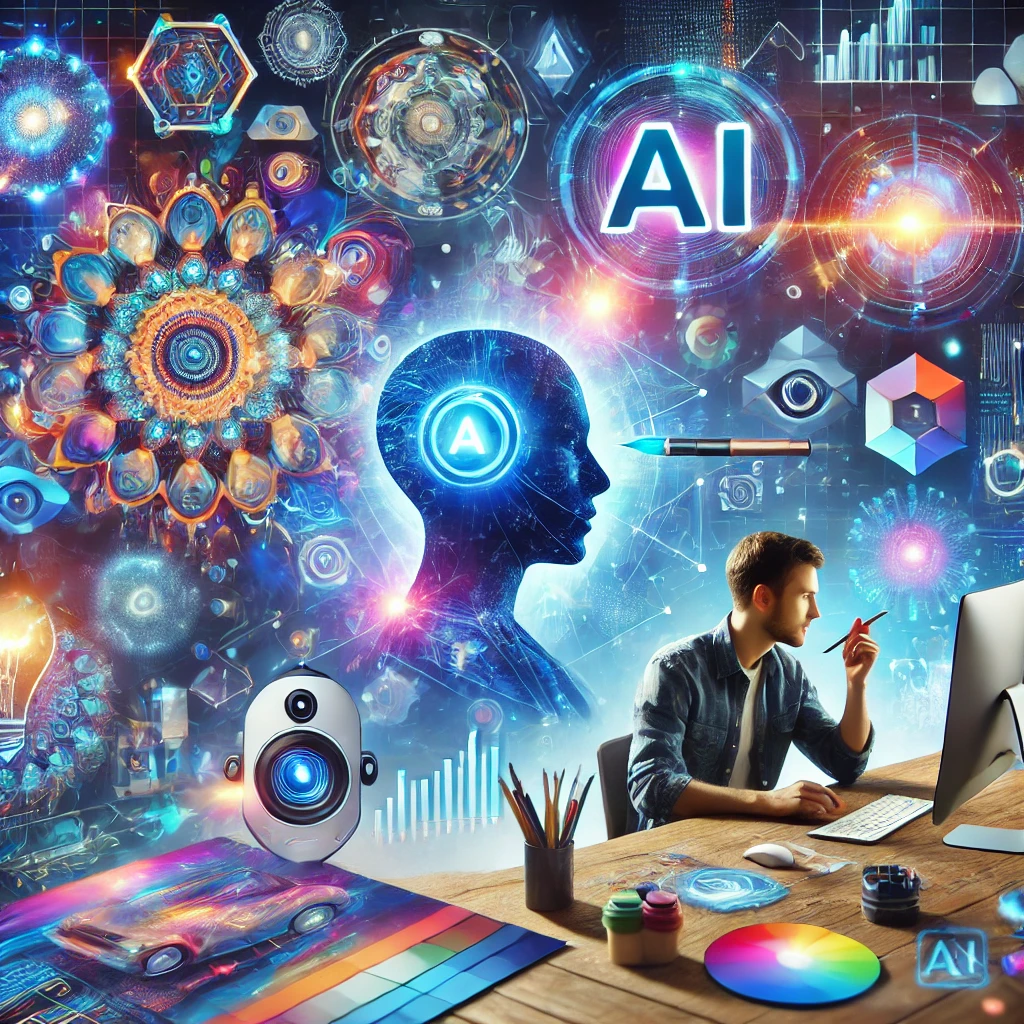Artificial intelligence is reshaping the how, through potential in the education sphere, for transformative augmentation in the experience of learning, personalizing education, and revolutionizing teaching methodologies. AI tools, from adaptive learning platforms to intelligent tutoring systems, are increasingly permeating the classrooms worldwide. This paper discusses the role of AI for enabling the support of education, its benefits, challenges, and the way it will serve learning and educators of the future.
Introduction to AI in Education
The potential of AI in education has increased in recent years due to its ability to analyze large amounts of data, work out personalized learning paths, and automate routine tasks of administration—all-oriented at the optimization of educational processes.
Contrasted with traditional forms, where the rationale is built on one-size-fits-all mentality, AI allows for a way restricted, proportionate, and responsible experience in education to cater to various needs and styles of learners.
AI technologies in education are many and include but are not limited to:
1. * Personalized Learning: * Advanced adaptive learning platforms will come up with AI-based methodologies curating learning content and pace of development for each student based upon their strengths, weaknesses, and progress. It will be programmed to analyze real-time data related to a certain individual student’s performance, offering explicit targeted interventions and recommendations for improvement of the learning process.
2. *Intelligent Tutoring Systems:* Artificially intelligent tutors were designed to function along the lines of human tutoring, acting as feedback providers, question answerers, and reshapers of their teaching strategies in accordance with pupils’ approaches. These kinds of systems use NLP and machine learning techniques to frame a dynamic learning environment suitably paced toward the student’s replies and understanding.
3. * Computerized Grading and Feedback:* AI can automate the grading of assignments, quizzes, and exams, providing students with instantaneous responses. In this way, it greatly saves time for teachers, who may not need to engage in the grading process. That quickens the assessment process and provides more time for teachers to bestow their attention on other activities of instruction and student support.
4. *Virtual Assistants and Chatbots:* Virtual assistants enabled using AI would be able to help students and teachers in dealing with routine queries, admin work, scheduling, and getting access to learning resources. Based on applications in natural language understanding, such timely and accurate chatbots improve accessibility and efficiency in learning-related organizations.
Benefits of AI in Education
Some catchy benefits of bringing AI into education, rendering it all meaningful, richer, and driving changed results, include:
Personalization: AI allows for the development of an individualized learning process for each child according to their rhythm, current preferences, and learning goals. Personalized learning programs have student-adapted content that is dynamically tailored according to student needs, fine-tuning real-time classroom activities to foster challenging and optimal engagement in the understanding of relevant concepts.
– Productivity: When the administrative work among professional educational practices is automated, the operation procedures of grading and scheduling are streamlined. Productivity of the educators offers time to deliver added value to the task assigned which contains instruction, advising and mentoring the students, and inventing new instructional strategies.
Accessibility: All these AI-driven technologies open up the scope of education in a much more inclusive way for students with varying learning needs. As such, it purports to expand educative space by putting in new adaptive learning tools and different assorted technologies that help in razing barriers to getting the knowledge and may access a larger size within the educational institution.
Data-Driven Insight Analysis: * AI analytics will afford learners insights toward trends in student learning, student performance, and instructional effectiveness. These sets of data-driven insights shall empower the educator to be able to pick out areas where changes need to be made, interventions appropriated, pin down major gains, and be clear about those educational strategies that need to be optimized for better student performance and gains.
AI Applications Across Educational Levels
It impacts every level of education, from the very first steps—early childhood education—to higher education and lifelong learning.
• Oh yes, AI’s support for enhancing early childhood education has indeed been immense—educational apps and games that support the development of early literacy and numeracy practices help to hook the budding learners at the proper age with their cognitive competence through interactivity and engaging activities in the games.
– * K-12 Education :* Fortunately, adaptive learning platforms and intelligent tutoring systems facilitate the children’s learning and mastery in their required core subjects of mathematics, sciences, and language arts, primarily with individually tailored tutorials and interactive practice sessions in support of curriculum standards. Higher Education: AI in this sector has facilitated advising, research such as data analysis.on the other hand, allowed for online learning features that had previously clotted virtual classes and engaging features effectively.
• *Professional Development:* Artificial intelligence will help in offering teachers professional development such as lifelong learning, personal teaching mentorship, and upskilling to cope with changing pedagogical techniques and technologies.
Challenges and Considerations Even though the potentials packed by AI promise to make miracles for education, challenges, and considerations all the same shall have to be faced to reap the fullest benefits from it and minimize the corresponding risks:
Equity and Access: Making AI tools accessible equitably, considering the digital divide, is utmost first and foremost to ensure that there isn’t a further widening in divides already experienced by learners of differing socioeconomic strata.
Student data privacy and security of the AI system is very key information. Therefore, the profiled institutions must have strong cybersecurity accorded by strictly enforcing regulatory requirements that will safeguard invasion and maintain sensitive information safe.
• Ethical use of AI: The current advancement in AI has raised critical challenges around the ethical use of intelligent technologies concerning algorithmic bias, transparency, and accountability, among others. The above dimensions become fundamental in ensuring that AI-driven policies in education do not only ensure fairness but ensure equity. In this regard, the design and deployment of AI technologies have to adhere to the highest standards of ethics and principles to ensure ethical AI. ¬ Teacher Education and Support: Educator training and its professional development should be made adequate for them to develop and become confident ”AI tool integrators” to apply teaching practice and AI in personalized experiential learning. AI in education: A forward look On the other side, if we look forward to the future, AI in educational prospects provides new horizons for innovation and change. AI technology development: further development of artificial intelligence algorithms, principles in natural language processing, and machine learning models that will build new, improved, elaborated, and adaptive-enhanced educational solutions with a stronger potential impact on seamless delivery of the personalized learning experience. • Collaboration and Research: Collaboration among educators, researchers, and developers of technology together could co-create AI-powered tools and methodologies for teaching and learning to overcome the emerging challenges in the field of education and support lifelong learning. – *Global Impact:* Today, artificial intelligence will democratize quality education across the globe by the very virtue of closing the gap in education and allowing every hue of learner to be all they can possibly be; very diverse backgrounds and hence at any possible age. Conclusion AI is going to completely change education—what students learn, the way they learn, how educators teach, and even the way educational institutions function. At the heart of creating a more inclusive, accessible, and effective educational ecosystem lies the purpose of AI intervention in personalizing learning experiences towards improved educational outcomes and increased innovation. This also corresponds to the demands of stakeholders coming together to collaborate and solve ethical challenges, thus seeking an approach on which to base the solution to equity so as to meaningfully contribute to and influence the future of AI in education in a way that is truly empowering both learners and educators.

 Cart is empty
Cart is empty 
Leave A Comment